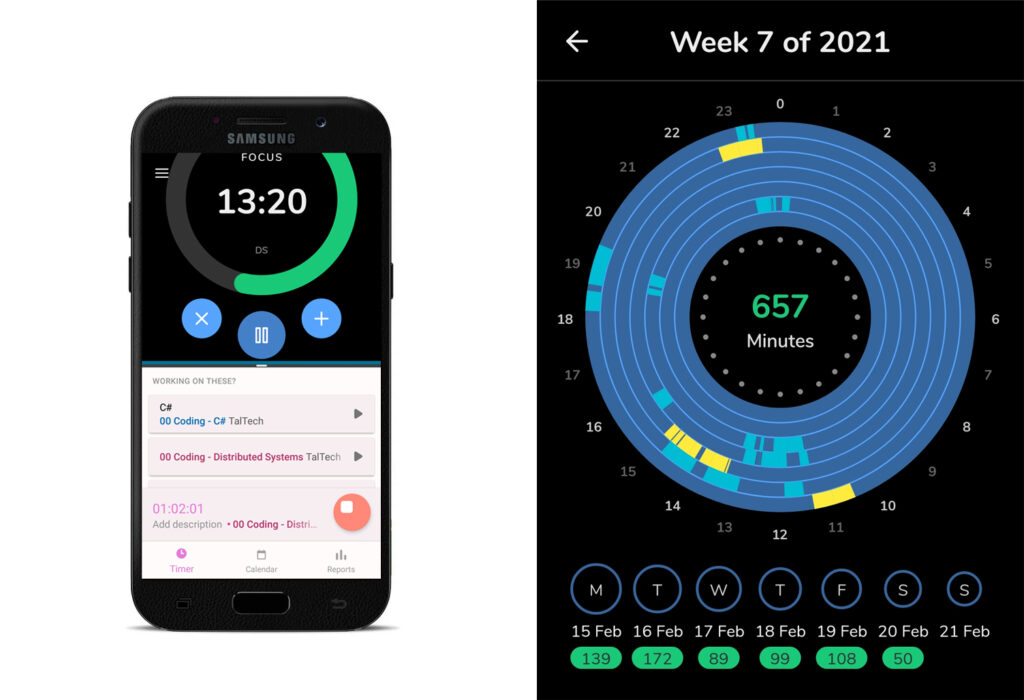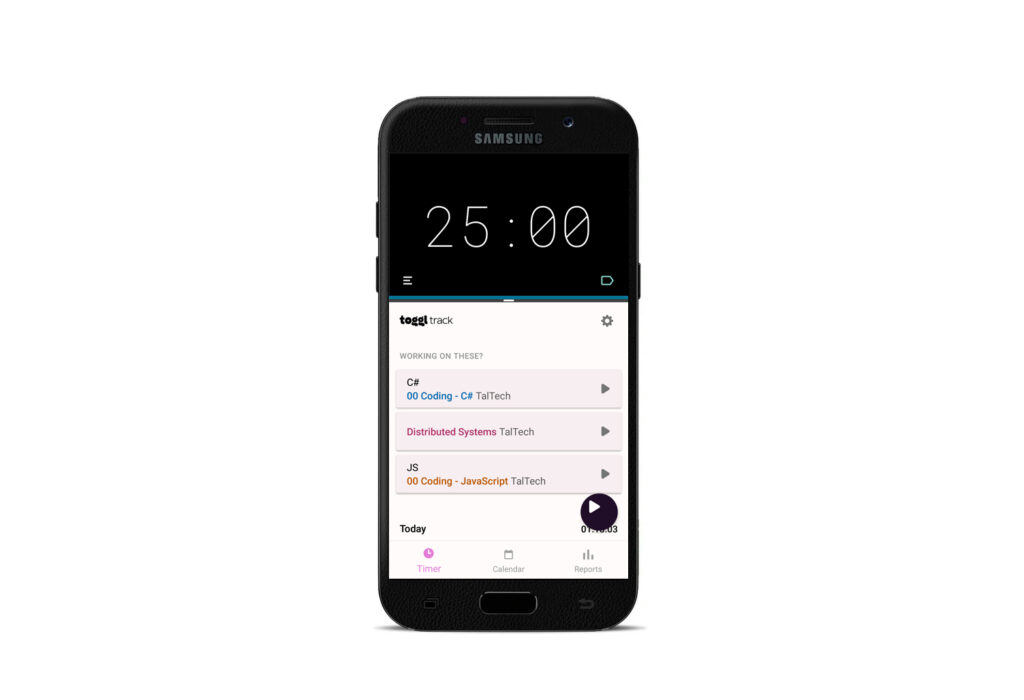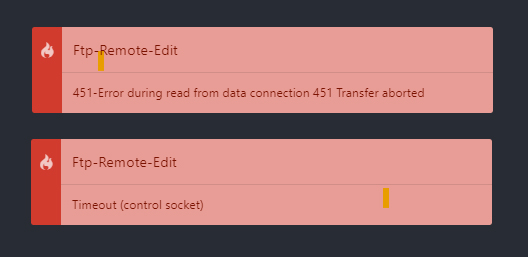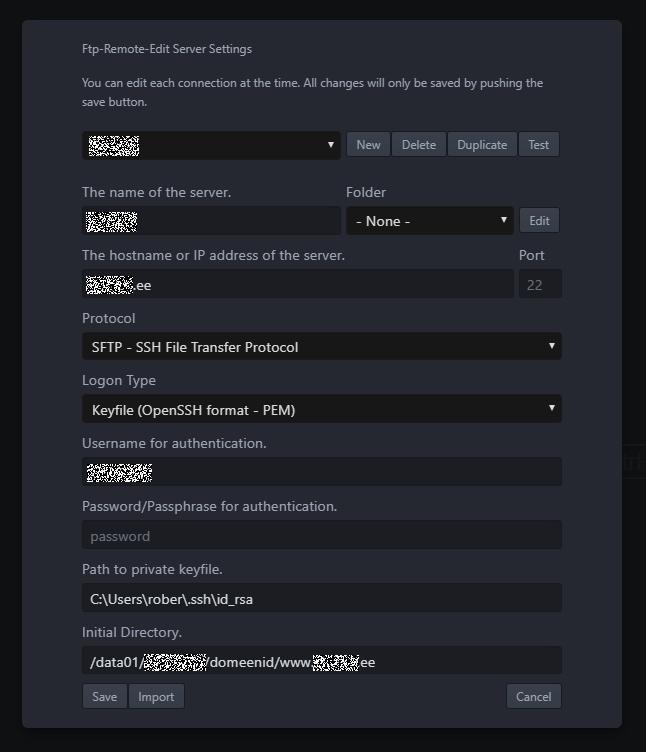Very good thread “Drunk Post: Things I’ve learned as a Sr Engineer” Redditis (leitud HNist).
Naljakas seik eilsest
Võibolla mitte väga naljakas aga natuke võibolla on ka.
Kaitsesin eile õhtul üht kodutööd. Pabistasin väga kõvasti, nagu ikka. Käed värisesid nii hullult, et vajutasin vahepeal hiirega asjadest mööda ja siis avanesid hoopis mingid valed asjad 😀
Kaitsmise ajal ma tahtsin, et Teams töötaks normaalselt (sest kaitsmine oli Teamsis), webcam ja bluetooth töötaks normaalselt (et kõrvaklappe saaks kasutada). Seega, pidin kasutama Windowsi. Mul dual-boot masin, okei, saab küll. Tulemus oli muidugi see, et ma kaitsmise ajal olin täiesti lost ja abitu kohati.
Kuna ma progen Linuxis, siis ma polnud väga kindel, mis mu arvutis Windowsi poolel üldse toimub. Õnneks programmid (VSC ja Rider) olid installitud, uuendatud ja olemas. Dotneti versiooni jõudsin ka kiirelt enne ära uuendada.
Siis oli vaja repod gitist alla tõmmata. Windowsis mul on alati veits segadus, et kuidas commandline käib, mistõttu eelistan WSLi kasutada terminalis, et kõik oleks nagu Linuxis. OK, see git clone oli kõvasti aeglasem ja veidramini käituv kui Linuxi poolel. Omaette lugu on see, et ma tegelikult ei saa aru, mis giti sees toimub, kui seda kasutada vaheldumisi Windowsi terminalis ja WSLis. Ühesõnaga, ei soovita.
Aga noh, sain asjad kätte. Siis oli vaja midagi käivitada ja noh, muidugi npm install vaja (sest värske clone ja node module’id puudu). No ja see võttis nii kaua nagu ta Linuxis mitte kunagi pole võtnud 😀 Vaatad siis juhtmilt seda progress bar’i ja teed aega parajaks. Õnneks sain seda aega kasutada selleks, et chatist leida elukaaslasele saadetud ühe varasema kodutöö deploy link (Javascriptis kirjutatud mäng, kust part ujub jões). Siis npm start ja mul ei tulnud meelde, mis porti React avaneb (sest Vue3, React, Aurelia2 avanevad kõik erinevale pordile). Mul arendusbrauser on Linuxis Edge ja seal on kõik bookmarkitud.
Ühesõnaga, kokku oli selline naljakas abitus ja kadunud olek kogu aja. Selgitasin ka õppejõule, et ma tegelt oskan arvutit kasutada küll 😀
Requirements
Lately I have found my self thinking how could a customer – when buying software development services – determine in “requirements” part that the end result should not be ugly. I belive there is no standard for describing this.
For me it has been common sense that I simply do not deliver (preferrably don’t even build in the first pace) ugly things. And there is no need to specify it in the requirements that “users should not get lost” or “users should not hurt themselves”.
From my experience I see it does not seem to be very common in the industry.
Extreme programming believes in
‘it is better to do a simple thing today and pay a little more tomorrow to change it’ than ‘to do a more complicated thing today that may never be used anyway’. But simple here by in no way means mean broken, malfunctioning or ugly.
TBC
tmux – terminal multiplexer (cheatsheet)
Allows you to detach from your session and later detach to the session. Got info from here.
# session management
tmux ls (or tmux list-sessions)
tmux new -s session-name
Ctrl-b d Detach from session
tmux attach -t [session name]
tmux kill-session -t session-name
Best Google Analytics alternative is Plausible
I will update this post in the future but need to support local guys. Found it on Hacker News and just recently discovered that one of two guys behing it (the developer) is from my hometown.
Õppimisest – õppematerjalid ja kodus õppimine
Koolis ei peaks olema ühtegi PowerPointi.
Õppematerjalid – kirjalikud
Kõikide ainete õppematerjalid PEAKSID olema sellised nagu Bootstrapi dokumentatsioon. Pythoni õppematerjal täpselt nii ongi. Koolis ega ülikoolis ei peaks olema mitte ühtegi PowerPointi slideshow’d. Hetkel üsna suur osa ajast kulub sellele, et ma vormistan kõik slaidid palju kompaktsemateks ja paremini loetavateks Markdowni failideks. Kui vaja, siis saab ekraanil seda dokumenti kerida. Ma olen üsna kindel, et tudengitel ei ole ootust slaidide järgi vaid info järgi. Sel semestril on mõne aine slaidid ka täielik rongiõnnetus 😀
Vaata ka: Koolis käimine ja keskkond
Mõelge, kui kogu õpikukirjastuse tööstus disruptida ja algkoolist alates kõik füüsika, matemaatika ja keemia õppematerjalid ja ülesanded oleks vormistatud korralikult ja ligipääsetavalt sellises dokumentatsiooni formaadis + alati ligipääsetavalt (ja seadmesõbralikult!) oleks Youtube’is loenguvideod. Ei oleks mingit õpikute tassimist, laenutamist, ostmist vms. Üks korralik repo, kõik muudatused läbi pull requestide. Võimalik, et koolilastel (ja nende vanematel) ei ole ootust õpikute järgi, vaid ligipääsetava info järgi.
Õpilased saaksid raskusastme järgi ülesandeid ette võtta (vajadusel lahendusega), õpetajad üle ülesannete kogu vastava raskusastmega kontrolltöid automaatselt genereerida jne. Koolis meil kogu aeg räägitakse, et kui sulle tundub, et kirjutad sama (või väga sarnast) koodi juba mitmendat korda, siis mõtle võimalusele teha üldisem lahendus (abstraktsioon) 🙂
Õppematerjalid – videod
Pean tunnistama, et TalTechis on kõik 5+ videote osas. Echo360’st (mis on halb) saab videod arvutisse salvestada ja ümber laadida Youtube’i. Aga, tore oleks, kui timestamp’itud loenguvideod oleks kohe seal 🙂 Näiteks nii nagu minu reedeste loengute playlist.
Kuidas ma kodus õpin
Elu on vahepeal edasi läinud. Mul on nüüd pidevas kasutuses 2 arvutit ja kaks 24″ monitori. Kohe selgitan.

1. monitoril (pildil vasakul)
Loenguvideo täisekraanil ja seda mängib minu vana arvuti (Dell XPS 13, mille ostsin 2011). Video jookseb eranditult Youtube’ist, sest seal on klaviatuuri otseteed. Paus, kiiruse muutmine, tagasikerimine, timestampide tegemine – kõik funktsionaalsused on olemas. Lisaks tegin JavaScriptis bookmarkidena (juhend siin) kuni 4x kiirendusega vaatamise.
Echo360 laguneb aktiivse kasutuse ajal kohe ära – see tähendab, et edasi-tagasi kerides kaob mingil hetkel heli ära (või läheb pildiga nihkesse) või kiilub üldse kõik kinni (vajab refreshi). Kiiruse muutmine on menüüde sisse peidetud (otseteid ei ole). Kiiruse muutmist on päriselt VAJA, sest:
- kui on vaja tähelepanelikult konspekteerida, siis on hea kiiresti näiteks 0.75x kiiruse peale lülitada.
- kui on mingi osa, mida juba valdad või kus õppejõud jääb mingit oma lugu rääkima, saad 4x kiirendusega sellest üle minna. 2x kiirus jääb mõne õppejõu puhul ka väheseks, sest kõne on lihtsalt meeletult aeglane 😀
Timestampimist ja kommentaare Echo360’s ei ole. Aga peatükkide ja teemade sisu kiiremaks leidmiseks on sellest väga abi (näiteks selliselt).
2. monitoril
Tavaliselt IDE, kus on avatud programm ja konspekt (Markdowni dokument). Lisaks loengu slaidid ja Youtube’i video muutmise aken, kuhu kirjutan timestamp’e.
Ma ausõna ei kujuta ette, kuidas peaks päriselt toimival koduõppel toimetama mõni puudust kannatav mitmelapseline pere. Ma ei taha minna ühtegi keskkonda ega pikalt viibida üheski keskkonnas, kus mul selliseid tingimusi töötamiseks ei ole. Ja ma teadvustan endale täielikult, kui priviligeeritud ma olen.
I always forget to turn Toggle off
And it is so annoying.
This is overview of my last week’s coding activity. My own projects, escapades and experiments are not included. School only.

I would really like to use Toggl for time tracking as a part of my workflow but I always forget it running. Also my productivity is so much better with (which ever) pomodoro timer that arranges my time into logical work and break units. But the problem with pomodoro is that pomodoro is not for tracking but just time management. So at the moment there is no good solution for me 🙂
Update
It looks better with Goodtime app for pomodoro functionalities.

By using Samsung split screen I can run 2 apps at the same time. Above is Goodtime pomodoro app and below I have Toggl. It was a good discovery for me that for project whole pink box is actually clickable for starting (no need to tap the small play button).
Nice comparison of development styles
Just for a reminder.
- German COVID android app has 89 branches, 1,636 commits and 82 contributors. Last update 6 hours ago.
- Estonian app has 3 commits, 1 branch and 1 contributor. Last update 2 months ago.
Source Pets’ FB.
Using SSH with Atom ftp-remote-edit
It also works similarly in Filezilla. If you have questions, please leave comments 🙂
Atom ftp-remote-edit started to break my files occasionally due to the issue that this Atom package uses ftp in passive mode by default which tries to open too many ports at once. For example if I had large css file then it uploaded only half of it and gave me following 451 and timeout errors:
- 451-Error during read from data connection 451 Transfer aborted
- Timeout (control socket)

Suggestion from my webhosting provider was to use SSH instead of FTP but configuring it is kind of difficult for the first time. So here it is:

- Hostname is your hostname
- username is your username (username
@hostname.ee) - If you have not configured password then you can just leave it empty.
- key is private key (not *.pub (public) but the other file) – I wasted some time here.
- Initial directory path I got from my webhosting service provider. Without the path to initial directory you will probably get to the root from where it is not possible to navigate anywhere.
I think most difficult in Windows was to find the private key file (and initially to create one). But there are enough tutorials available on how to generate SSH keys. My own notes (which I use quite often) are here.
In Ubuntu the key file is located in …
What I use it for
I have gotten used to using Atom for small edits that need to be done here and there. For example my school dashboard – if I need to add something there then I open the folder in Atom ftp-remote-edit, do the edits, ctrl+s and it is live without having any files in my computer.
Also, when I need to work with data in Excel and need to upload it as csv file to the server then instead of saving csv on my computer I do textjoin in excel and copy-paste the content to csv file on server through ftp-remote-edit.